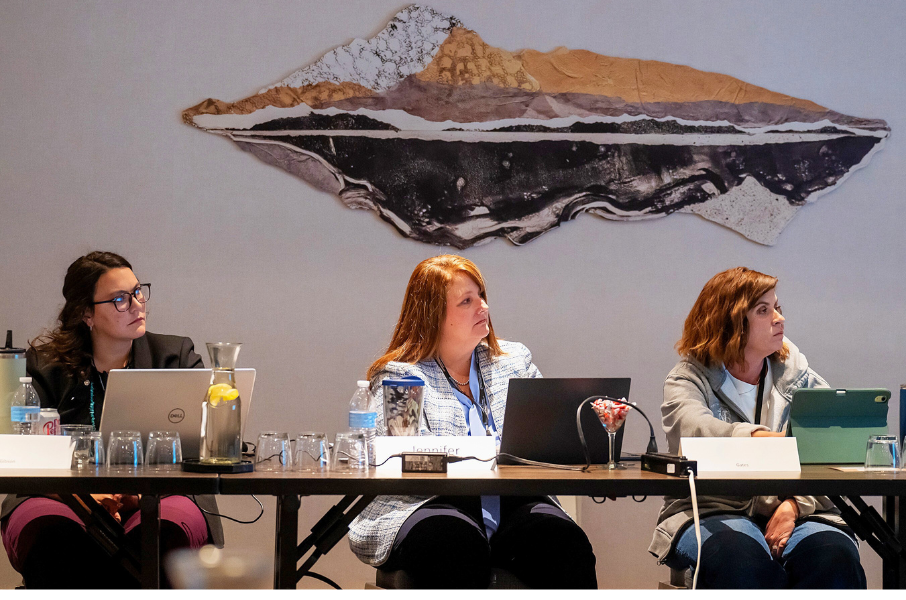Inside GSBC’s Executive Development Institute exercise on what community banking could look like in 2035
When GSBC’s Executive Development Institute for Community Bankers® (EDI) convened earlier this month, participants were asked to look ahead—10 years ahead.
Through a guided scenario exercise, each small group became the executive team of a hypothetical bank. Representing a wide range of asset sizes and business models—from small rural institutions to multi-billion-dollar organizations. Together, they imagined how their hypothetical banks would operate in 2035—who they’d serve, how they’d lead and what would keep them relevant as the industry evolves.
The conversation revealed how EDI’s next-generation leaders are thinking: grounded in community, realistic about technology and inspired by the human side of progress.
From Local Roots to Shared Purpose
Participants agreed that communities defined by shared purpose rather than geography are not mutually exclusive. In the future, customers may choose banks whose values align with their own—whether that means a commitment to social responsibility or specialized expertise in areas such as entrepreneurship or family-owned businesses. One team, for example, envisioned serving its low- to moderate-income community through tailored products, services and holistic support. Participants’ notes such as “affinity focus—what’s value?” and “our customers reflect our values” illustrate how tomorrow’s community banks may define themselves by mission, not mileage.
Human Connection Will Stay at the Core
Looking ahead to 2035, participants envisioned a world where AI and automation have transformed nearly every banking process—yet human connection remains essential. “We’ll be the humans in the middle,” one group wrote. Another predicted that “as AI dominates more of everyday advancement, customers will cling to community and personal interaction.” Their takeaway: technology can enhance trust but not replace it.
Technology Will Drive Efficiency, Not Identity
According to the scenario, by 2035, efficiency and data-driven decisions will be standard. Yet EDI participants emphasized that innovation must serve strategy, not overshadow it. Many envisioned “AI-based operational platforms” and “reduced back-office footprints” but coupled these shifts with reinvestments in leadership and community engagement. Technology, they agreed, will be the infrastructure, not the story.
Scale and Collaboration Will Be Strategic Choices
Participants anticipated continued consolidation across the industry, but with purpose. Some jokingly imagined selling to a big tech firm, while others envisioned mergers that build stronger, more adaptable community banks. The underlying sentiment was pragmatic: success in 2035 will favor those willing to evolve through scale, partnership and creative reinvention.
Future Leadership Will Blend Empathy and Analytics
Gone are the days of sole numbers-driven management. EDI participants described future leadership teams filled with data translators, behavioral economists and community storytellers. Skills like empathy, adaptability and relationship-building will matter as much as strategic and financial acumen.
Looking Ahead
One participant summed it up best: “Institutions that embrace a blended approach will thrive.”
These 28 leaders representing community banks across the country are already thinking beyond today’s challenges to the questions that will define the next decade. Their collective vision suggests that community banking’s future will remain rooted in what has always set it apart: trust, adaptability and human connection.

